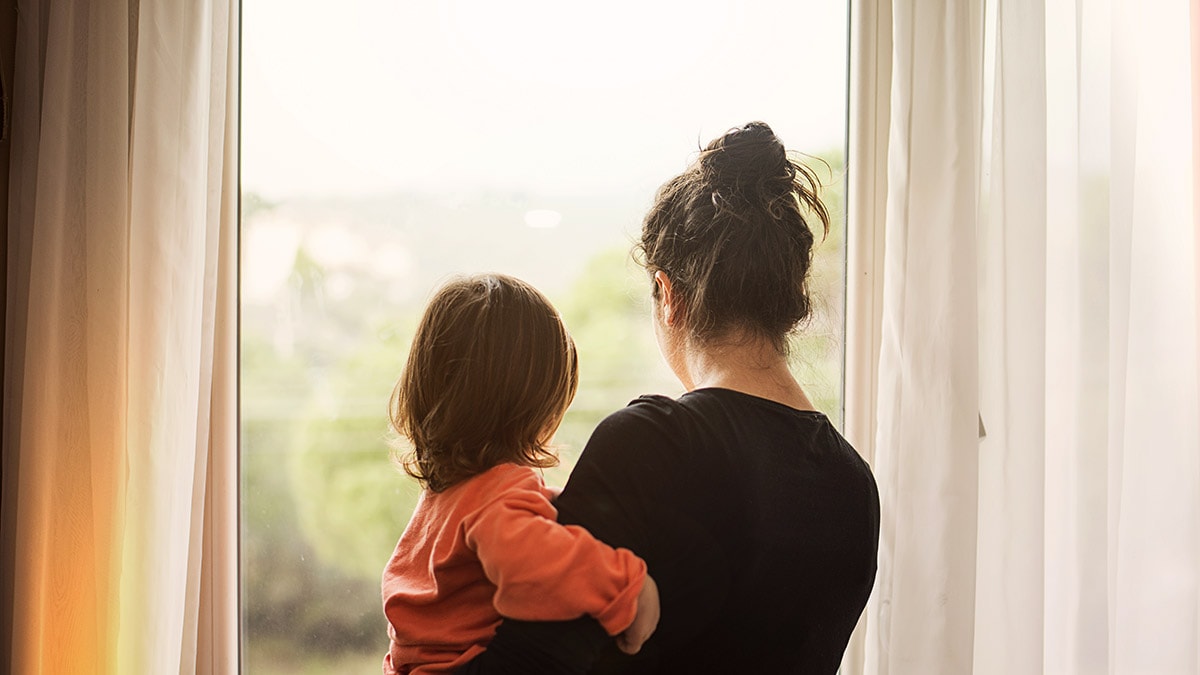Key points
- Take extra care to protect children against wildfire smoke.
- Children with asthma and chronic health issues may have more symptoms, including trouble breathing, when smoke or ash is present.

Prepare for wildfire season
- Stock up on medicine. Store a 7 to 10-day supply of prescription medicines in a waterproof, childproof container to take with you if you evacuate.
- Buy groceries you won't need to cook. Frying or grilling especially can make indoor air pollution worse.
- Talk to your child's healthcare provider. If your child has asthma or chronic health issues plan how they can stay indoors more often during a smoke event.
During a wildfire smoke event
- Pay attention to air quality reports. Follow instructions about exercise and going outside for "sensitive individuals."
- Check for school closings.
- Children should try to stay inside as much as possible if air quality is poor. Keep windows and doors closed and turn on an HVAC system with an air filter or use a portable air filter if available.
- Think about evacuating if your child has trouble breathing or other symptoms that do not get better.
- If your child has severe trouble breathing, is very sleepy, or will not eat or drink, reduce their exposure to smoke and get medical help right away.
- If your area is experiencing extreme heat, call 2-1-1 or contact your local health department to find public access air-conditioned centers or cooling centers in your area.
Can children wear respirators?
Children ages 2 years and older can wear respirators and masks. However, NIOSH Approved respirators do not come in suitable sizes for very young children. Choose a respirator or mask that your child can wear properly. If a respirator or mask fits poorly or is uncomfortable, a child might take it off or wear it incorrectly (for example, pulling it down from their nose). This reduces the intended benefits.
- Choose a size that fits over the child's nose and under the chin but does not impair vision.
- Follow the user instructions for the respirator or mask. These instructions may show how to make sure it fits properly.
NIOSH Approved respirators and international respirators may be available in smaller sizes that fit children. However, manufacturers typically design them to be used by adults in workplaces. They may not have been tested for broad use in children.
After a wildfire
- Do not return home until you are told it is safe to do so.
- Smoke can remain in both indoor and outdoor air days after wildfires have ended so continue to check local air quality.
- Children should not do any cleanup work.
- Keep children away from ash. Make sure ash and debris have been removed before you bring your child back home or to school. Avoid direct contact with ash and wash it off your child's skin and mouth and rise it from his or her eyes as soon as you can.
- Look out for any symptoms. Contact your healthcare provider if your child has trouble breathing, shortness of breath, a cough that won't stop, or other symptoms that do not go away. Call 9-1-1 or go right away to an emergency department for medical emergencies.
Resources
- Natural Disasters and Severe Weather
- Prepare For Fire Season (airnow.gov)
- Wildfires | Ready.gov
- NFPA - Firewise USA®
- Fire Weather
- Fire and Smoke Map (airnow.gov)
- Coping After a Natural Disaster: Resources for Teens
- Helping Children Cope with Emergencies
- Ready Wrigley Activity Books
- HeatRisk | Tracking | NCEH | CDC
